Search
Remove Ads
Advertisement
Search Results
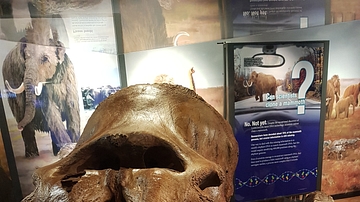
Image
Woolly Mammoth Skull
Woolly mammoth skull, jaw, and teeth (to the right) on display at the Australian Museum in Sydney in December 2017, on loan from the University of Alaska Museum in Fairbanks where it normally resides.
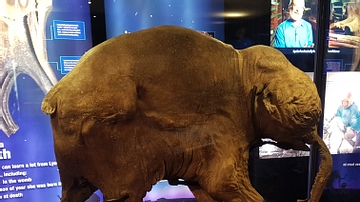
Image
Mammoth Calf Lyuba
Remains of the woolly mammoth calf nicknamed 'Lyuba' (Russian for 'love') discovered in the Yamal peninsula in Russia in 2007. Lyuba - a female - was only about a month old at the time of her death, c. 42,000 years ago. She is the most complete...
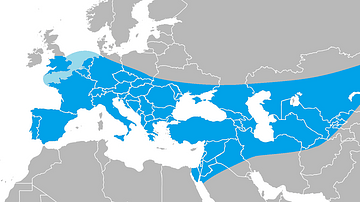
Image
Geographical Range of Neanderthals
The geographical range of Homo neanderthalensis.

Definition
Altamira
Altamira is a Paleolithic cave located in Santillana del Mar (Cantabria region) in northern Spain, containing prehistoric paintings. The cave was inhabited for millennia and so, besides Paleolithic cave art, it contains remains of the daily...

Image
Venus of Hohle Fels
Venus from Hohle Fels, carved from mammoth ivory in the Late- or Upper Paleolithic Aurignacian period and discovered near Schelklingen, Germany. It has been dated to c. 40,000 to c. 35,000 years old.
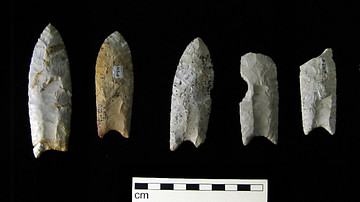
Image
Clovis Points
Clovis points made by hunter-gatherers. These were found at the Rummells-Maske Site, 13CD15, Cedar County, Iowa, and are now part of the Iowa Office of the State Archaeologist collection.
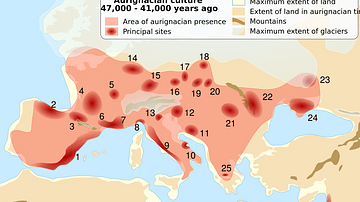
Image
Aurignacian Sites
Map showing sites and presence associated with the Aurignacian culture, usually attributed to the first modern humans who arrived in Europe around 45,000 years ago.
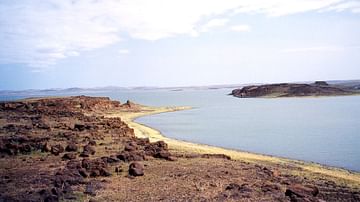
Image
Lake Turkana, Kenya
South island of Lake Turkana in Kenya, an area in which some of the earliest hominin (i.e. human species and their immediate ancestors) fossils and tools have been found.

Image
Europe During the Last Glacial Maximum
Europe during the most recent glacial, in which the ice sheets reached peak growth between c. 26.500 to c. 19,000 years ago. This is known as the Last Glacial Maximum. Sea levels were lower than today.

Definition
Lascaux Cave
Lascaux Cave is a Palaeolithic cave situated in southwestern France, near the village of Montignac in the Dordogne region, which houses some of the most famous examples of prehistoric cave paintings. Close to 600 paintings – mostly of animals...